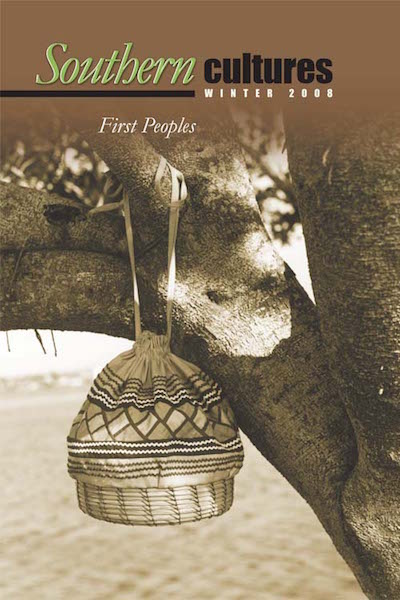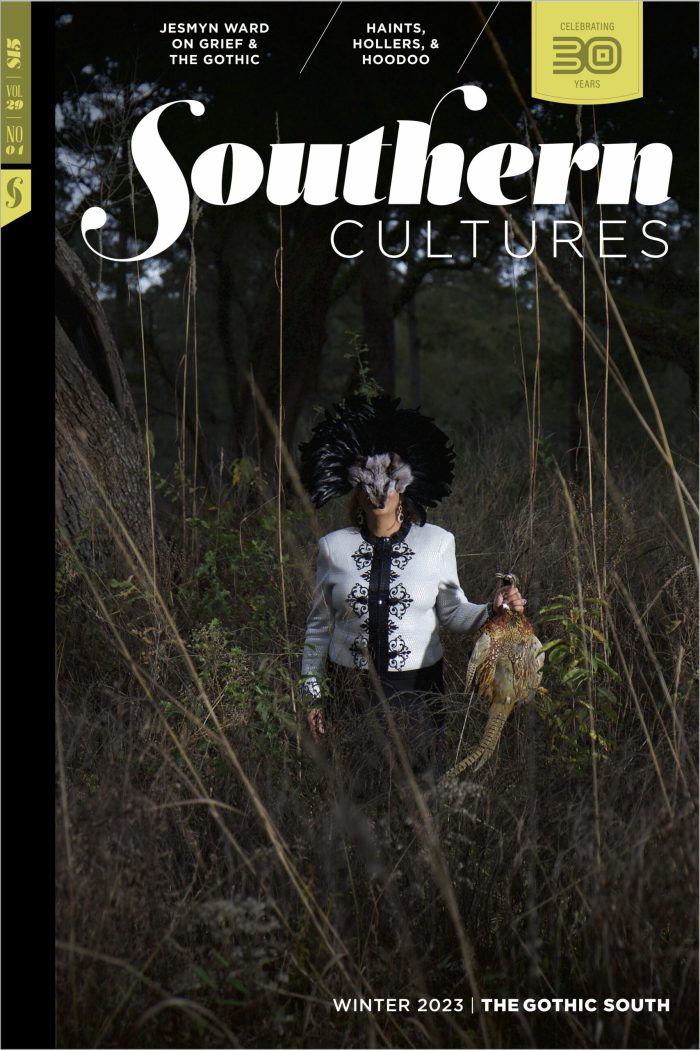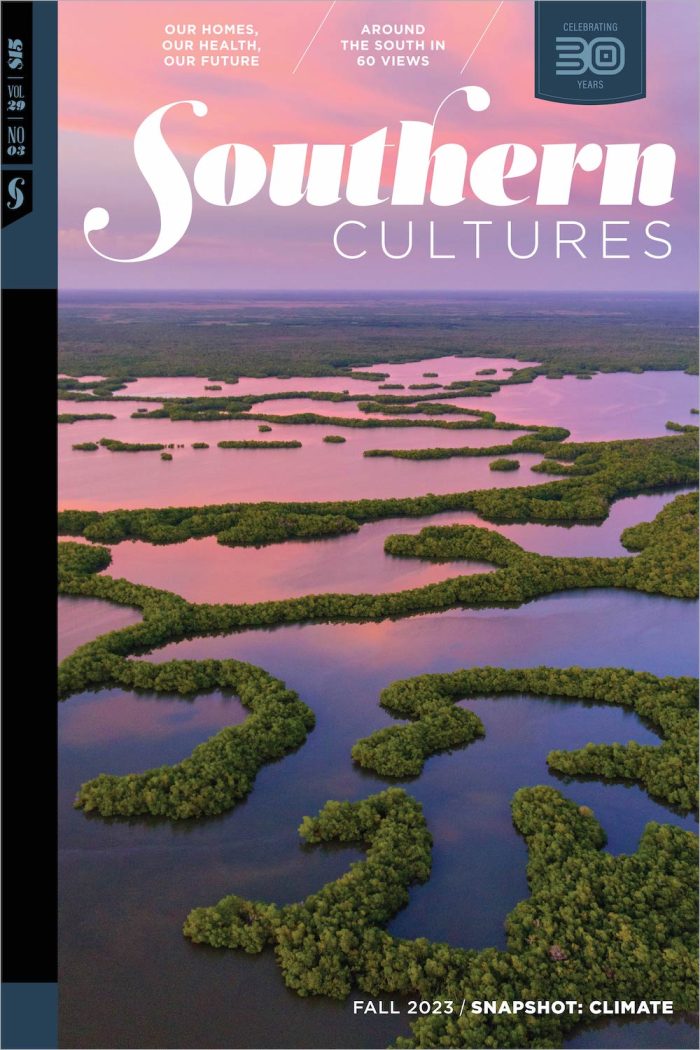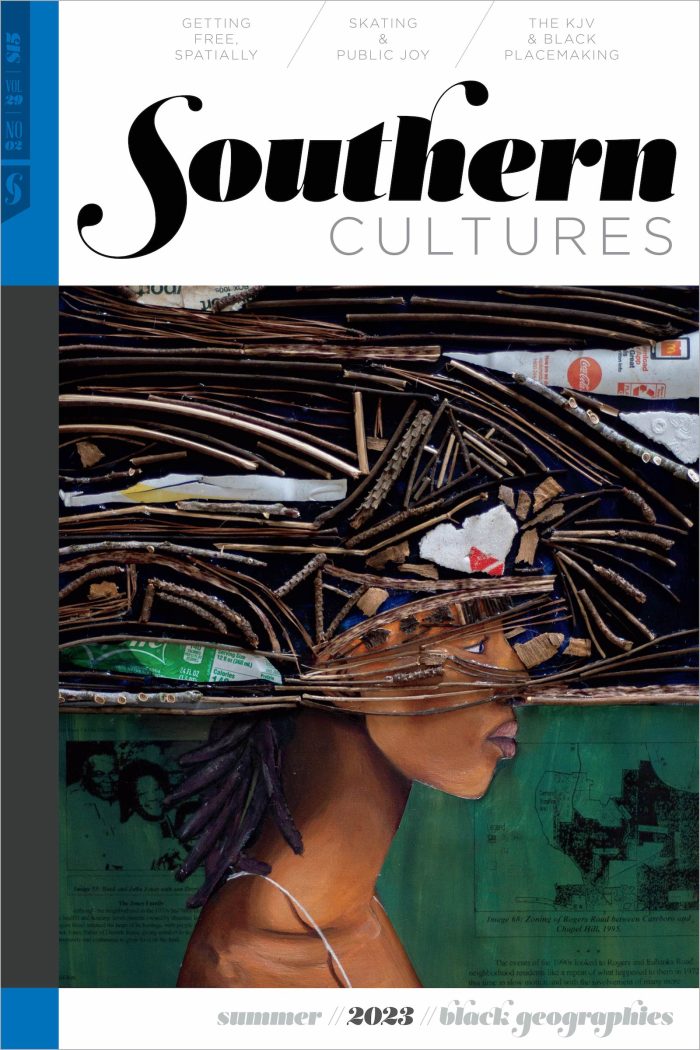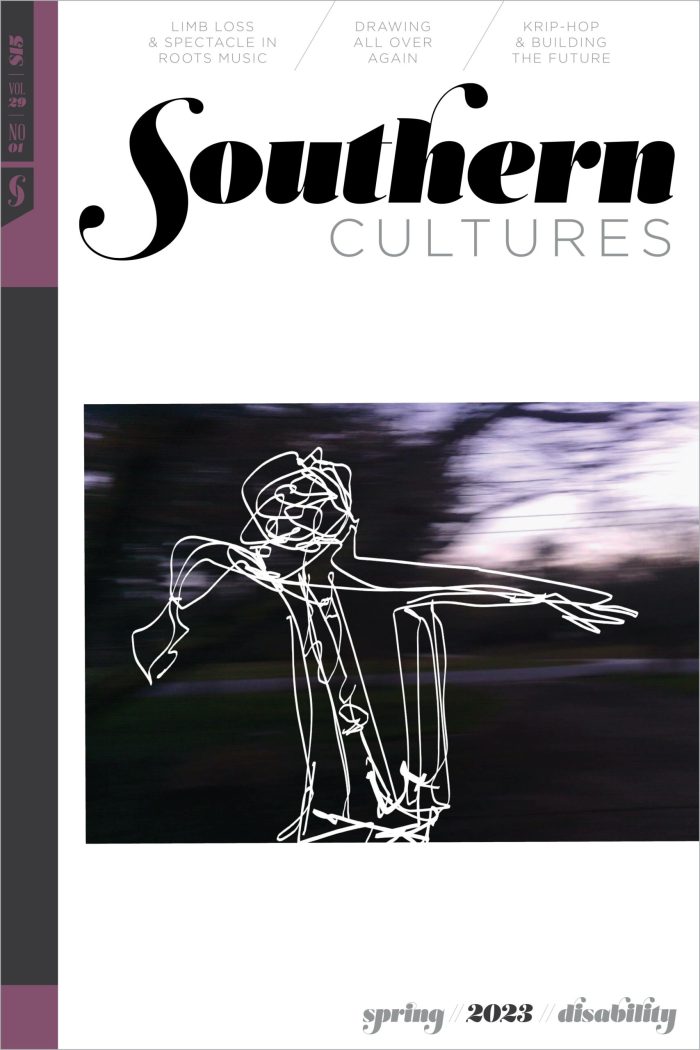BUY ACCESS
by Harry L. Watson
“The South’s first people were neither black, nor white, and they have never disappeared.” People often think of the South as a place of two races, black and white. Slavery and segregation, Civil War and Civil Rights dominate historical memory. Whether good, bad, or indifferent, “race relations” always seem to imply relations between blacks and »
BUY ACCESS
by James Taylor Carson
“The wilderness settlers thought they were entering as in fact a landscape created and managed by the First Peoples.” In the late winter and early spring of 1830 members of the United States Congress debated a bill to enable the federal government to undertake the expulsion of thousands of people from their ancestral homes and »
BUY ACCESS
by Katherine M.B. Osburn
“In December 1912, Mississippi representative Pat Harrison stood before Congress and delivered an impassioned speech on behalf of the Choctaw Indians living in his district. “Mr. Chairman,’ Harrison announced, ‘the Choctaw Indians have always stood with the white men of the South.'” In December 1912, Mississippi representative Pat Harrison stood before Congress and delivered an »
Essay
by Christopher Arris Oakley
“The Klan was trying to put a damper on the Lumbees. They were not going to come here and run the Lumbees away from their home.” —James Jones On a frigid Saturday night in January 1958, Grand Dragon James “Catfish” Cole and fifty other members of the Ku Klux Klan gathered for a rally in »
BUY ACCESS
by Andrew Denson
“Sanctifying a historic site almost always involves an effort to derive some kind of clear moral message from the events that have taken place there. At New Echota in the early 1960s, that interpretive effort focused on the story of Cherokee Removal, and the moral message was atonement.” Cherokee Removal is the most famous episode »
BUY ACCESS
by Brett H. Riggs,
Thomas J. Blumer,
Lorene B. Harris
“Like their ancestors for thousands of years, Catawba potters of the late twentieth and twenty-first centuries have continued to adapt their material traditions to ever-changing modern contexts. In the process, they create remarkably contemporary works of visual and tactile art.” The Catawba Indian community of York County, South Carolina, is renowned for its elegant, traditional »
BUY ACCESS
by Leanne Howe
“But here we are. You with a bow and arrow. Me in a headdress.” The Indian Sports Mascot Meets Noble Savage Indian Mascot: I think of us always as a couple. Noble Savage: Have we ever been together? Are we ever going to be?
BUY ACCESS
by Rayna Green
“They all know, out there in Indian Country, that the loss of traditional diet and the cultural skills needed to maintain it has killed more Indians than Andy Jackson.” Native food is in the news. Every day. All over the country, except in the South, foodies, farmers, chefs, environmentalists, and food writers are excited about »
BUY ACCESS
by Patsy West
“We wanted to grow our hair long and play in a band. It was very important to us.” The Miccosukee Tribe of Florida has a reputation for being strongly traditional and progressive. This seeming contradiction is due in great part to the founding guidance of elders and medicine men and to the understanding of both »
BUY ACCESS
by Lee Tiger
“During this time we played with Jimi Hendrix, Led Zeppelin, Procol Harum, Cream, and Jefferson Airplane, and we even backed Bo Diddley and Chuck Berry.” Stephen Tiger was born in 1949 in Miami, Florida, and a year later I was born in Jackson Memorial Hospital. Our father, Buffalo Tiger, was one of America’s most famous »
BUY ACCESS
by Larry J. Griffin
“Not all ‘cool’ identities are equally cool. If the socially constructed identity of American Indian is cool, for most people it is cooler to have Indian ancestry than to be Indian.” Social scientists can go on and on about that most complicated of topics: race and ethnicity. But however varied our opinions about race and »
